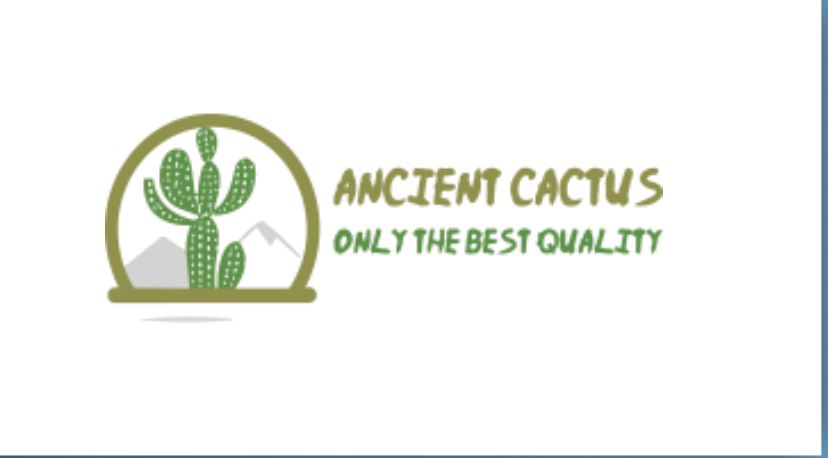Style
Lophophora Williamsii Seedling
lophophora williamsii seedling
Lophophora williamsii Seedling, commonly known as peyote, is a small cactus native to parts of Mexico and the southwestern United States. It contains psychoactive alkaloids, including mescaline, which is known for its hallucinogenic properties.
If you have a Lophophora williamsii seedling, here are a few tips for its care:
1. Light: Lophophora williamsii seedlings require bright, indirect sunlight. Place them near a window where they can receive several hours of sunlight per day. Avoid exposing them to intense, direct sunlight, especially during the hottest hours of the day.
2. Temperature: These cacti prefer warm temperatures between 70-90°F (21-32°C) during the growing season. However, they can tolerate cooler temperatures down to around 50°F (10°C) during the winter months when they go into a period of dormancy.
3. Watering: Peyote cacti are adapted to arid environments and have relatively low water requirements. Water the seedling sparingly, allowing the soil to dry out between waterings. Overwatering can lead to root rot and other issues, so it’s important to exercise caution.
4. Soil: Use a well-draining soil mix specifically formulated for cacti and succulents. You can also add some coarse sand or perlite to improve drainage. Avoid using regular potting soil, as it tends to retain too much moisture, which can be detrimental to the plant’s health.
5. Potting: Choose a small pot with drainage holes to plant your seedling. The pot should be slightly larger than the size of the seedling to allow for some growth. Repotting is typically necessary every few years as the plant grows.
6. Fertilizer: Lophophora williamsii seedlings do not require regular fertilization. However, if you choose to fertilize, use a diluted, balanced cactus fertilizer during the growing season. Follow the instructions on the fertilizer packaging for the appropriate dosage.
Remember that peyote cacti are slow-growing plants, and it can take several years for them to reach maturity. Additionally, please be aware of the legal implications of growing and possessing peyote, as it is a controlled substance in many jurisdictions.
lophophora williamsii seeds
Root rot is a common issue that can affect peyote cacti if their watering needs are not properly met. Here are some common signs of root rot in peyote cacti:
1. Discolored and Soft Roots: Healthy roots are usually firm and white. In the case of root rot, the roots may appear brown, mushy, or slimy. They may also emit a foul odor.
2. Wilting and Yellowing: Root rot can cause the plant to wilt, even if the soil is moist. The cactus may also exhibit yellowing or browning of the stem or leaves. The overall appearance of the plant may become unhealthy and lack vitality.
3. Stunted Growth: If the roots are compromised due to root rot, the plant may struggle to absorb nutrients and water properly. This can result in stunted growth and a lack of new growth.

4. Easy Detachment: When a peyote cactus is affected by root rot, its roots may become weak and easily detach from the plant when touched or gently pulled. This is a clear indication of root damage.
5. Fungal Growth: Root rot is often caused by fungal pathogens that thrive in excessively wet conditions. You may notice the presence of mold or fungal growth on the soil surface or around the base of the plant.
If you suspect root rot in your peyote cactus, it’s important to take immediate action to save the plant. Remove the affected parts of the roots using clean, sterilized tools and allow the remaining healthy roots to dry out. Lophophora williamsii seeds
Adjust your watering practices to prevent overwatering and ensure that the plant is placed in a well-draining soil mix. If the situation worsens or the plant doesn’t recover, it may be necessary to seek professional advice or consult a plant expert.

peyote buttons images
Peyote (Lophophora williamsii) holds deep cultural and spiritual significance to several indigenous communities, particularly in North America. It has been used in sacred ceremonies and rituals for thousands of years. Here are some key aspects of the traditional use and significance of peyote:
1. Native American Church: The Native American Church (NAC) is a religious organization that incorporates peyote as a sacrament in its ceremonies. The NAC originated in the late 19th century and blends indigenous beliefs with elements of Christianity. Peyote is considered a powerful spiritual teacher and a means of connecting with the divine. Lophophora williamsii seeds
2. Spiritual and Healing Practices: Peyote has been used by various indigenous groups, including the Huichol, Tarahumara, and several Native American tribes. It is employed in spiritual and healing practices, often under the guidance of experienced elders or leaders. The ceremonies involving peyote are intended to facilitate introspection, personal growth, healing, and a connection to the spiritual realm.
3. Visionary Experiences: One of the primary reasons for using peyote is to induce visionary experiences. The psychoactive compound mescaline present in peyote can produce altered states of consciousness, leading to vivid and profound visions, spiritual insights, and a sense of unity with nature, ancestors, and the cosmos.
4. Communal Bonding: Peyote ceremonies often emphasize communal bonding and the fostering of a sense of unity within the group. Participants may share their experiences, sing traditional songs, and engage in prayer and meditation. The collective nature of the ceremonies reinforces social cohesion and spiritual interconnectedness.
5. Conservation and Sustainability: Indigenous communities that use peyote traditionally have a deep understanding of its ecological importance. They emphasize sustainable harvesting practices, respecting the plant’s life cycle and promoting its conservation to ensure its availability for future generations.
It’s important to approach discussions of indigenous practices and cultural traditions with respect, sensitivity, and a commitment to understanding their perspectives. Indigenous communities have faced historical and ongoing challenges, including cultural appropriation and exploitation. Therefore, it is crucial to honor and support their rights, sovereignty, and cultural heritage.


